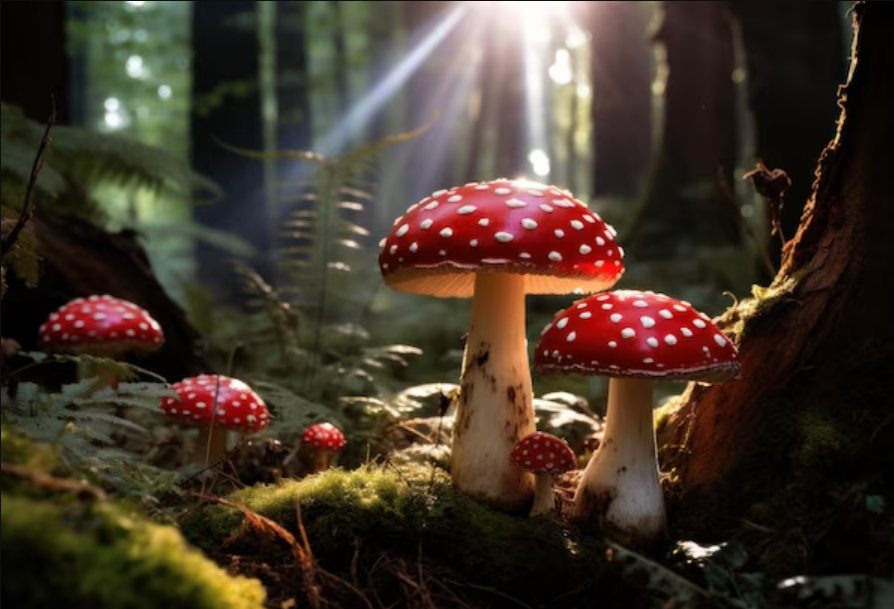Amanita muscaria, or the fly agaric mushroom, has intrigued and puzzled both scientists and enthusiasts for centuries. This distinctive mushroom, with its bright red cap adorned with white spots, has a long history of traditional use in various cultures, often associated with mystical and shamanic rituals. However, the effects of such fungi can be highly variable, with different individuals experiencing a wide range of sensations and outcomes. In this article, you delve into the enigmatic world of Amanita muscaria and explore the diverse effects of amanita muscaria mushroom on different people.
- Individual Tolerance and Sensitivity
One of the key factors contributing to the varied effects of Amanita muscaria is individual tolerance and sensitivity. Just as with any psychoactive substance, people can have different levels of sensitivity to its compounds, such as muscimol and ibotenic acid. Some folks may require a higher dose to experience noticeable effects, while others might be more sensitive and feel the effects even with a smaller amount.
- Dosage and Preparation
The preparation of Amanita muscaria can vary, significantly impacting the effects. Different methods, such as drying or cooking, can alter the concentrations of its active compounds. Additionally, the dosage plays a crucial role. Consuming too much can lead to intense experiences, while smaller amounts may result in milder effects. Proper preparation and dosage control are essential for a safe and predictable experience.
- Environmental and Set and Setting
The environment in which such fungus is consumed can greatly influence the user’s experience. Factors such as location, lighting, and the presence of other people can all impact the overall trip. Similarly, an individual’s mindset and emotional state, often called “set and setting,” plays a significant role. A positive and relaxed mindset in a comfortable and safe setting can lead to a more pleasant experience, while stress or anxiety may lead to adverse outcomes.
- Mood Enhancement and Euphoria
For some users, such fungi can induce feelings of euphoria and heightened mood. These effects may be accompanied by increased sociability and a sense of well-being. Such enjoyable experiences may contribute to the mushroom’s historical use in celebrations and rituals.
- Visual and Auditory Hallucinations
Amanita muscaria is renowned for its potential to induce vivid visual and auditory hallucinations. However, the nature and intensity of these hallucinations can vary significantly among individuals. Some users may report intricate and immersive visions, while others may experience more subtle distortions of perception.
- Gastrointestinal Distress
On the other side of the spectrum, this fungus can cause gastrointestinal discomfort, including nausea and vomiting. This adverse effect is more commonly associated with consuming raw or undercooked mushrooms. Proper cooking or drying methods can mitigate this issue for many users.
Conclusion
In the world of psychoactive substances, Amanita stands out for its unpredictability and the wide range of effects it can induce in different individuals. Factors such as individual sensitivity, dosage, preparation, and the environment are crucial in shaping the experience. While some users may find euphoria and visual enchantment, others may encounter gastrointestinal distress or anxiety.
Given the variable nature of this fungus, it is crucial for those who choose to explore the effects of amanita muscaria mushroom with caution and responsibility. Proper preparation, dosage control, and consideration of set and setting can enhance the likelihood of a positive experience. As with any psychoactive substance, understanding one’s own limits and approaching it with respect is essential for a safe and enlightening journey into the enigmatic world of Amanita muscaria.

